LISTEN: Tom's Travel Playlist
Taking a bike to the streets of Havana – or anywhere in Cuba, really – is a simple case of asking at your ‘casa particulare’ (a type of homestay-meets-guesthouse, extremely common in Cuba) whether they might be able to find you a bicycle. Usually one will appear within an hour or so, sometimes faster. From there, the city is yours. Most of the streets have very little traffic, thanks largely to an embargo on foreign imported cars that means there’s very little access to new most of the motorised vehicles you do see are from the 1950s.
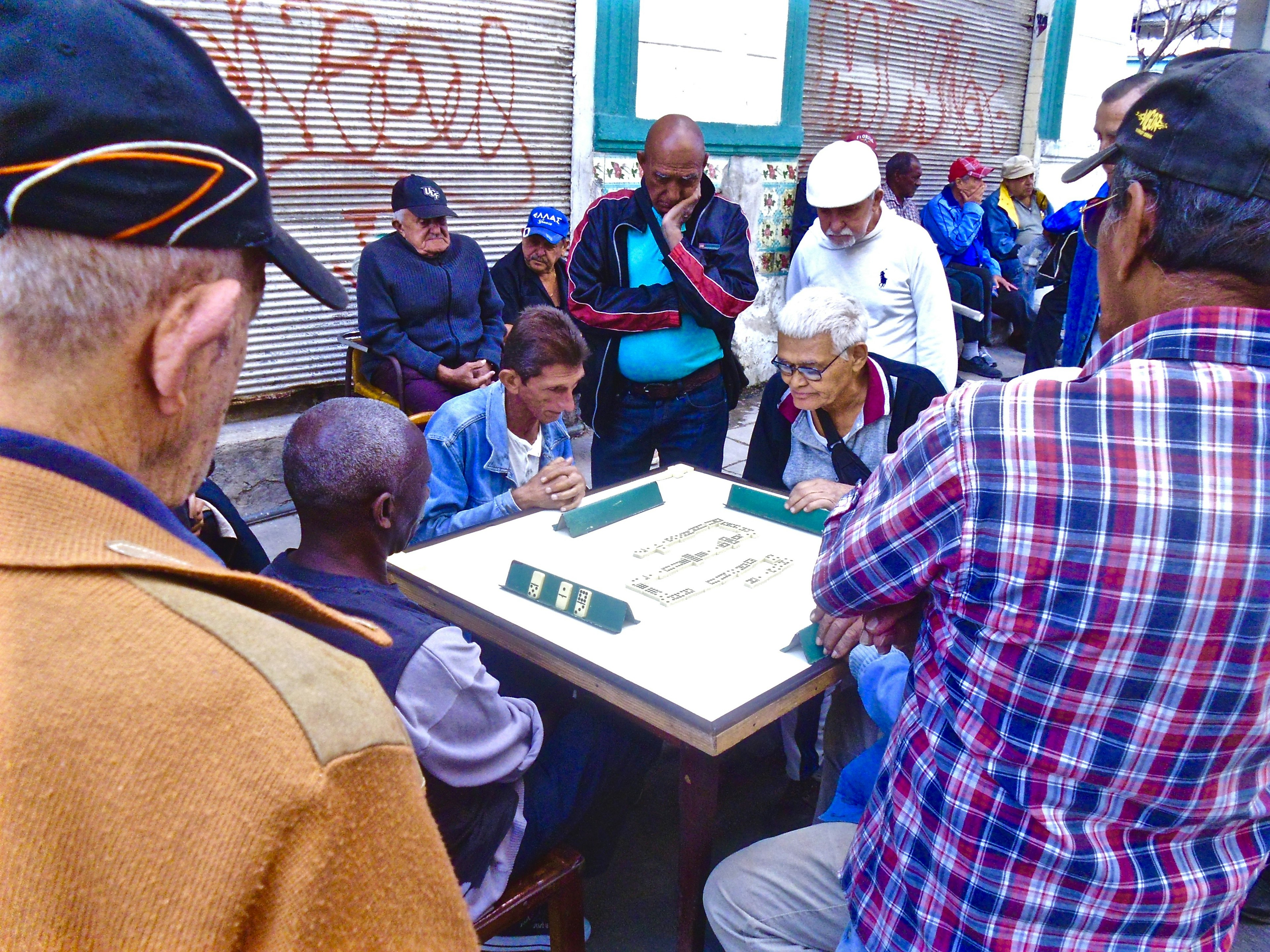
Situated next to the harbour, protected by the two old forts at the mouth to the sea, the grand old crumbling mess of Havana Vieja is the oldest area of the city. It’s a roughly grid-shaped network of one-way streets – some are cobbled, some are smooth and some have gaping scars in their surface from construction work started long-ago and since forgotten, some are covered in rubble and trash, while a scant few are clean and thronged with tourists – eager to see the bar where Ernest Hemingway once drank Daiquiris or the daily mini-parade of Afro-Caribbean dancers. Through all of these streets, the only vehicles exempt from the one-way laws are the ‘ciclo-taxis'. Hulking three-wheeled rickshaws pedaled by (generally) cheerful young men. Some wear lycra jerseys as an indication of a passion for cycling that goes beyond earning a crust, but others simply wear their street clothes. All of them labour for 10, even 12 hours a day, carting tourists and citizens alike from one side of the neighbourhood to the other.
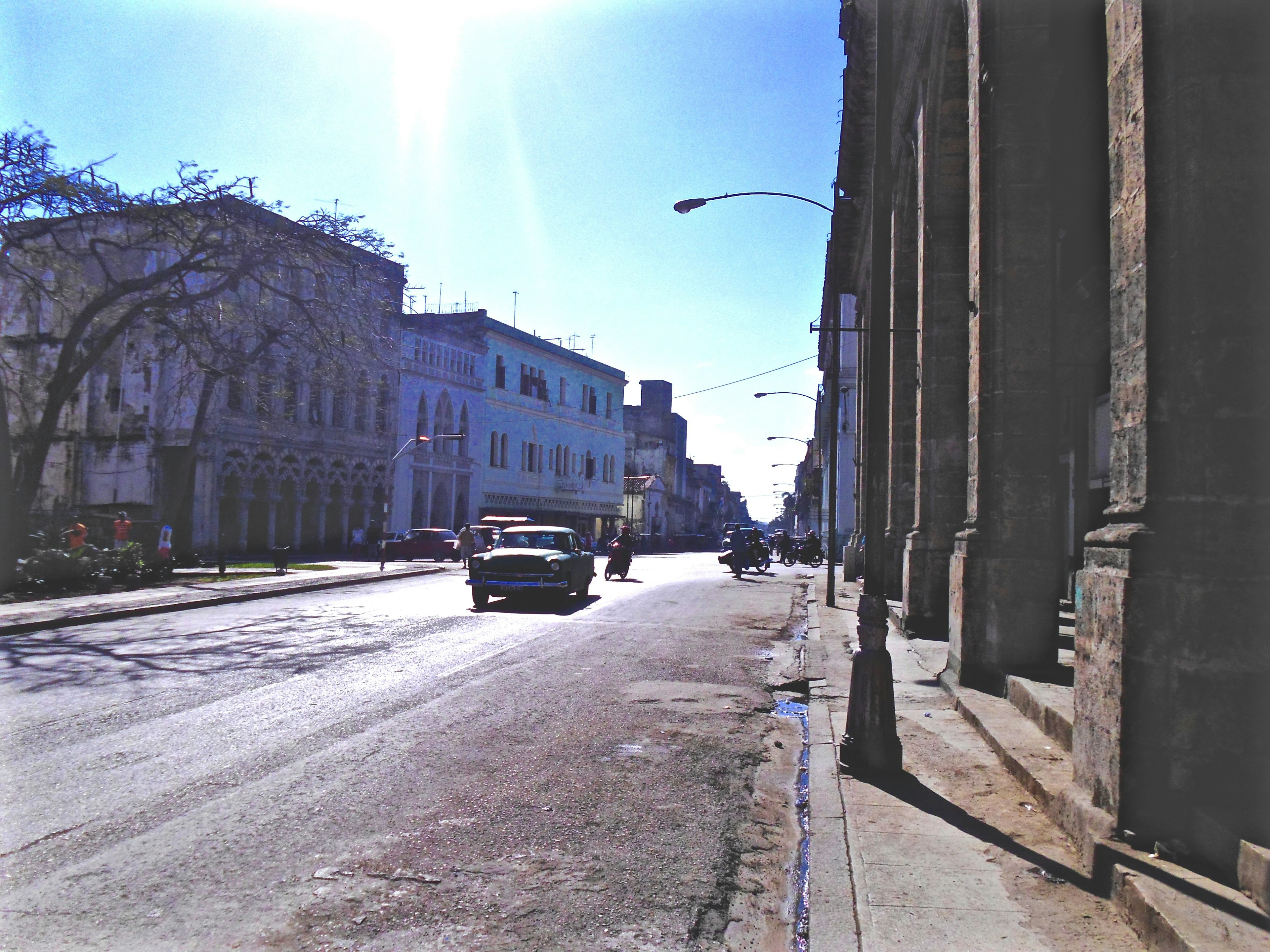
It’s not terrible money, not for Cuba at least. Working as a ciclo-taxi driver will net you more than a typical government salary because it puts you in contact with tourists – the single greatest source of cash coming into the country as far as regular people are concerned. Most Cubans are civil servants employed by the government (because Communism) and they earn around 15-20 Cuban Convertibles (CUC) per month. The exchange rate for CUC to USD is 1:1, and to put 15 CUC into perspective within the country, it’s around half of what you’d typically pay for a room in a guesthouse for one night.
So some Cubans, those fortunate enough to run guesthouses or hotels or work in tourist restaurants, can earn double in a single night what most are paid for an entire month’s work. It’s no wonder many of the blokes driving ‘ciclos’ choose this over more ‘respectable’, less-gruelling jobs in non-tourist facing fields.
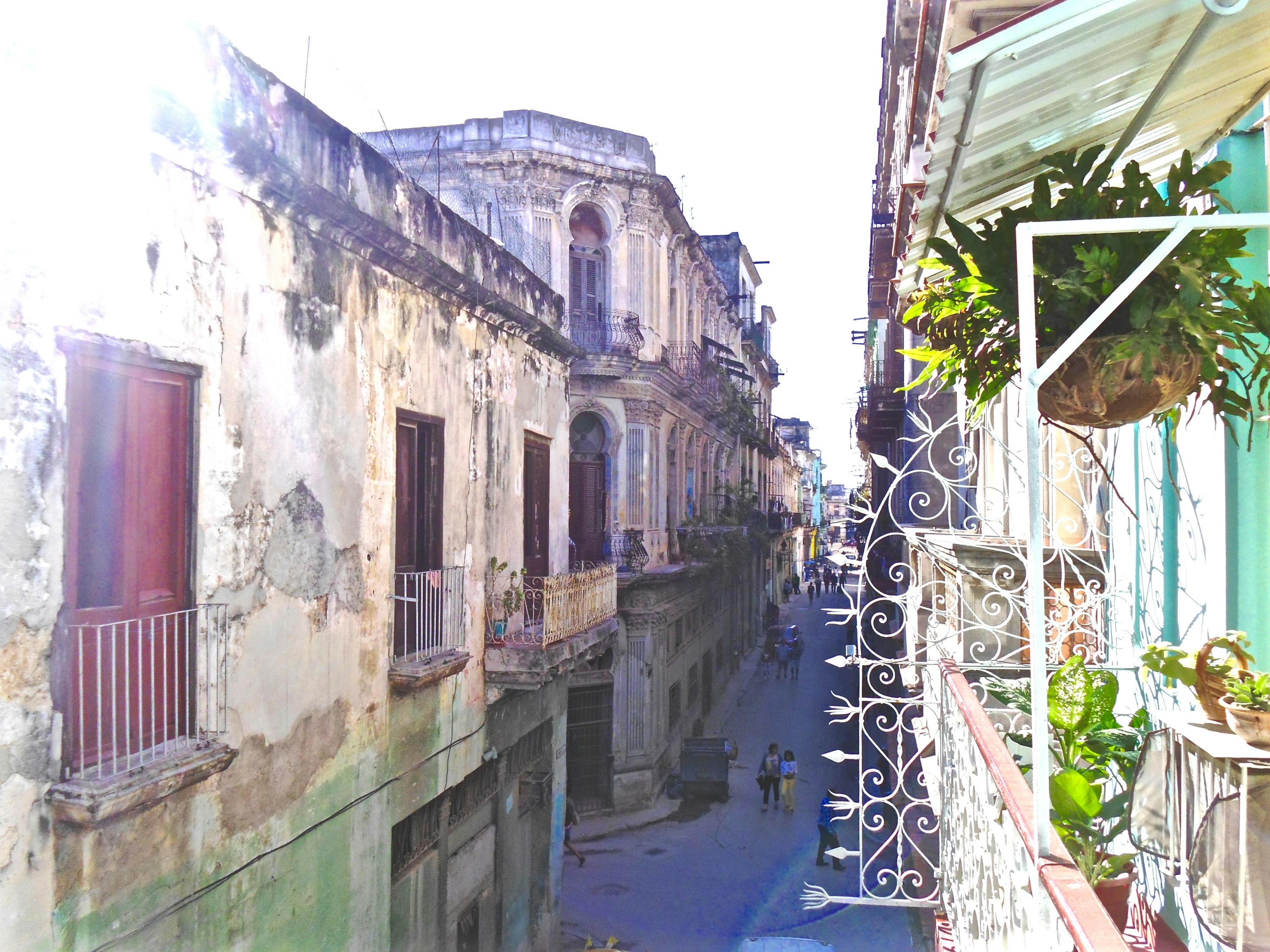
Ciclo-taxis are by no means the only vehicles you’ll share the roads with should you take up a bike in Havana. The stereotype really is true, most of the cars in Havana are the lumbering, glorious old ‘machinas’ built in the USA in the 1950s. You’ll get so used to seeing Plymouths, Pontiacs and Chevrolets floating through the streets that it’ll start to seem usual. They really did know how to build ‘em back then.
The streets of Havana are a bunch of fun to cycle around, with plenty of narrow alleys and sharp turns to navigate – as well as the ever-present trickle of holiday-makers and Cubans wandering seemingly unaware, gazing up at the intricate verandahs and colourfully painted tenements. If you can get yourself a clear run of road, there’s potential to go at a fair old clip – but be warned, people don’t really stop at junctions. A pip of the horn as they approach the corner is about as much notice as a driver will give before barreling through, so you have to keep your wits about you.
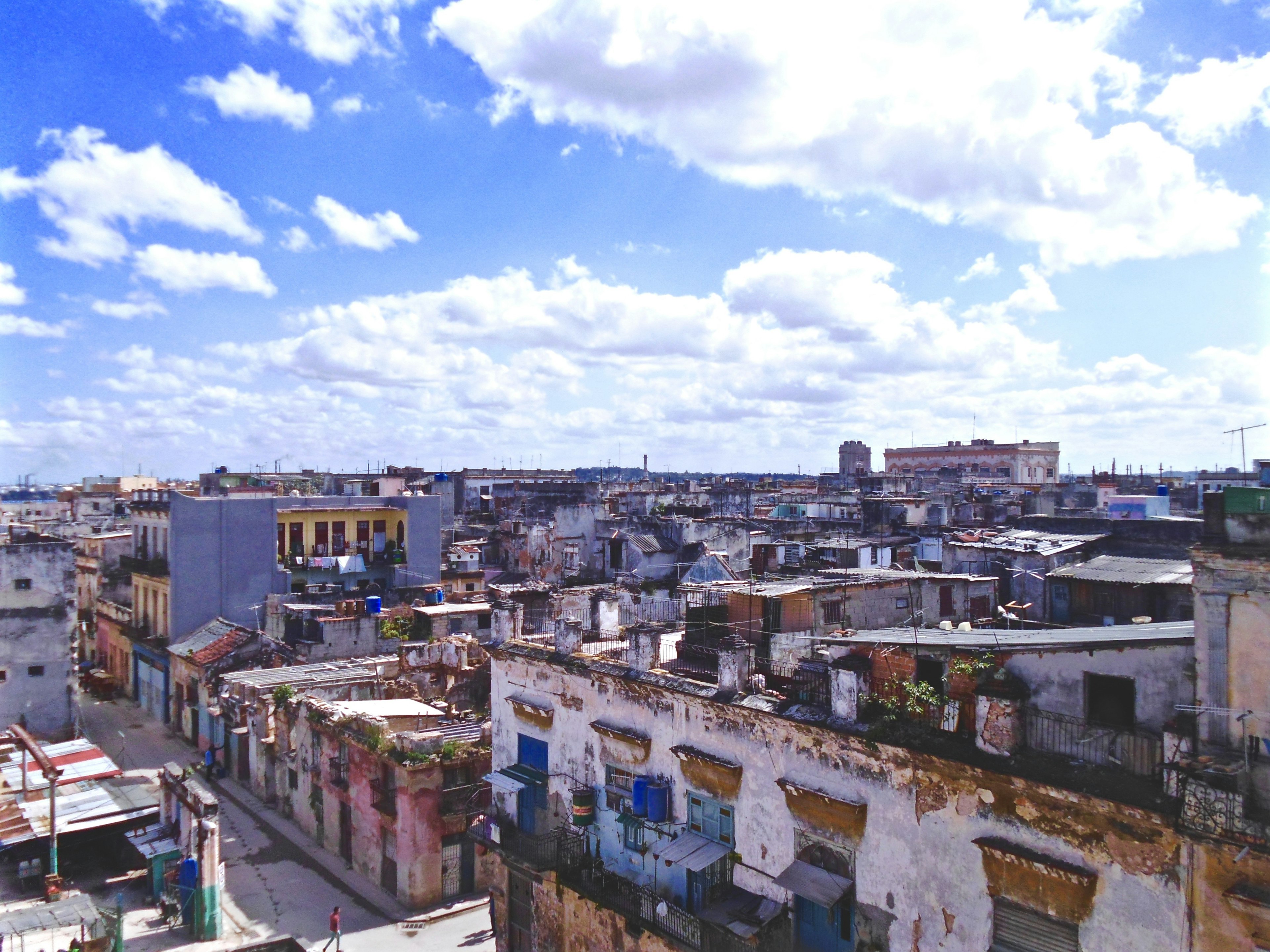
If you feel like escaping from the confines of Havana Vieja, you can cruise down the Paseo de Marti, a tree-lined avenue that runs down past the impressive Capitol building towards the seafront boulevard known as the Malecon. A huge chunk of this road was being excavated and closed to cars at time of writing, but was still navigable by bike. Just.
On the Malecon itself you can swing a left and head down the coastal promenade, past ruined hotels that would, in any other city, command a lofty price for a sea-view room but are sadly abandoned here. Then whoosh past the gloriously gaudy National Hotel with the wind behind you and continue on as far as the US Embassy, standing lonely and isolated. Heavily guarded. Sticking out like a sore thumb.
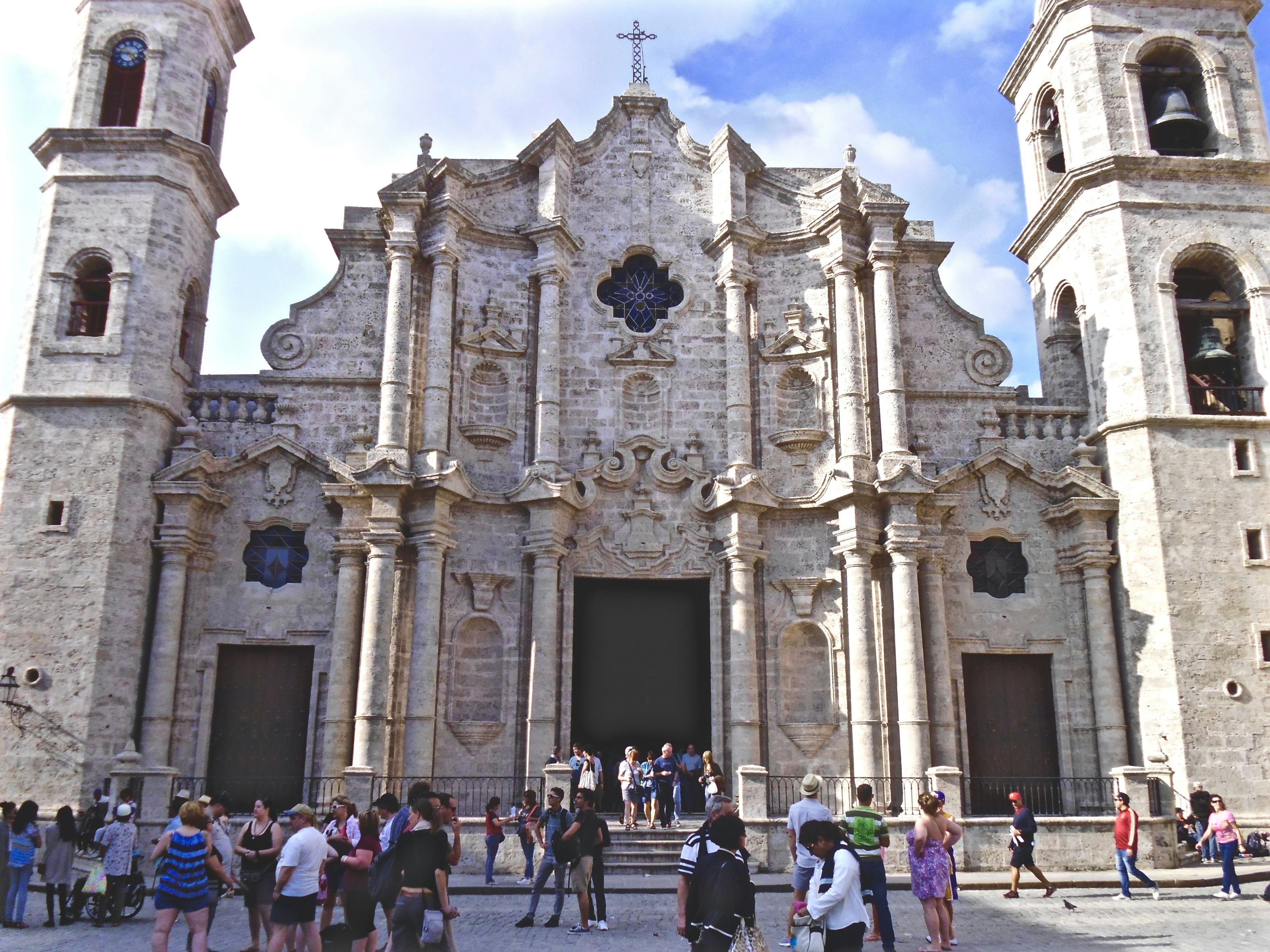
On the loop back round you can enter Havana Vieja again from the south, passing the Russian Orthodox Cathedral with its surreal domed towers. The road will take you past the dock where, on the occasion of our visit, a British cruise ship was moored. Cruises are the mainstay of Cuban tourism, with sometimes thousands of holidaymakers arriving and departing each month on these impossibly massive ships. On making landfall the cargo of Brits or Germans or French spill out into the streets of the city. Instantly it’s transformed, everywhere people are speaking in French or German or shouting loudly at waiters in English. You’ll no doubt come across them after you return your bike and go for a peaceful drink in one of the Plazas.
Tom
Owner of Tom Owen Cycling Content

